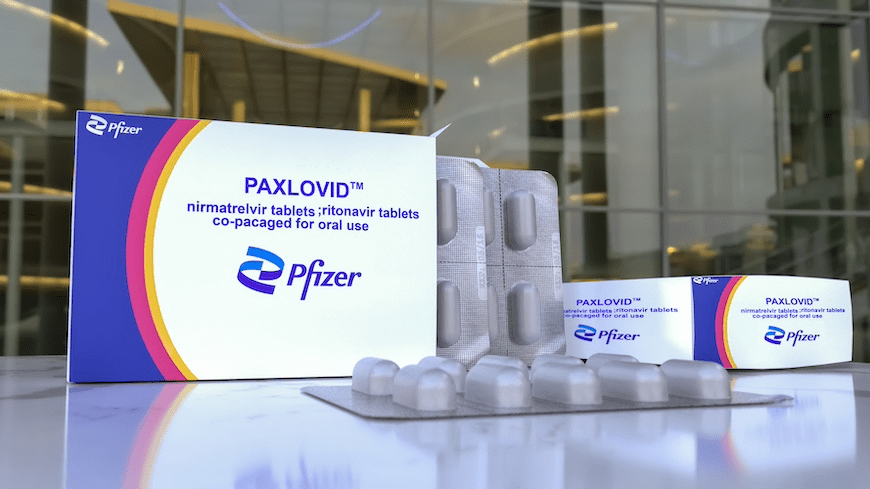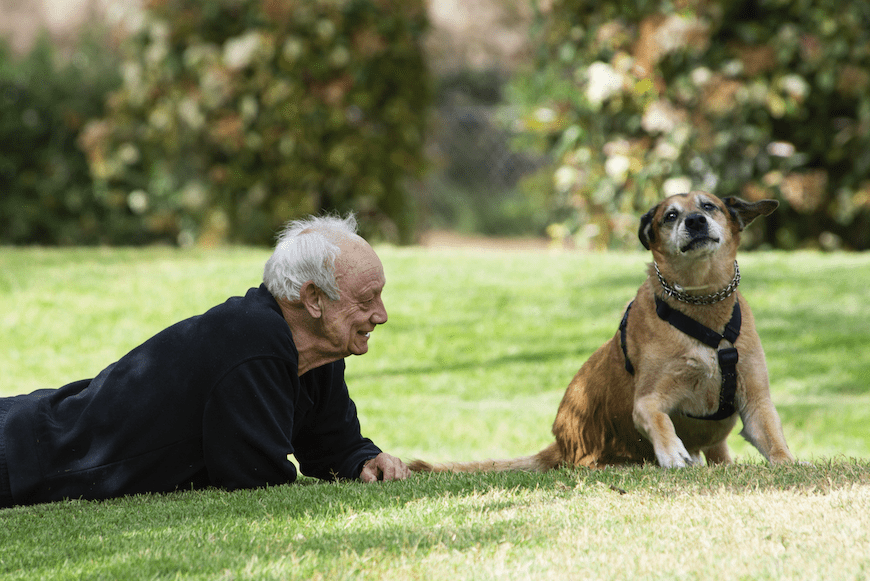Despite another year tucked safely into the history books, long COVID continues to live up to its name.
The latest news comes from University of California San Francisco researchers who just published the results of a study that shows that Paxlovid failed to cut the risk of developing long covid “for vaccinated, non-hospitalized individuals during their first COVID-19 infection.”
Worse still, the researchers discovered that a higher number of patients suffered a rebound than previously reported.
The Journal of Medical Virology published the findings in its Jan. 4 issue.
Clarifying Paxlovid Effectiveness
While established research has backed up the conventional wisdom that Paxlovid treatment has been successful, doctors know little beyond that.
In a bid to answer that question, the researchers picked a group of vaccinated people from an earlier UCSF study who’d reported their first positive test for COVID-19 between March and August of 2022 but didn’t require hospitalization. Some reported taking oral Paxlovid treatment during the acute phase of their COVID infection, while others hadn’t.
Following up, the researchers contacted each of the group participants in December 2022. They then questioned them about “long COVID, COVID rebound symptoms, and how long they continued to test positive.”
Surprising Long Covid Results
Surprisingly, the two groups achieved similar outcomes:
- Roughly 16% of those receiving Paxlovid treatment exhibited long COVID symptoms.
- While 14% of those who didn’t receive treatment showed the same symptoms.
- Shared symptoms included fatigue, shortness of breath, confusion, headache, and altered taste and smell.
But those who took Paxlovid – and subsequently developed long COVID – reported as many symptoms as the untreated study participants.
A handful of patients developed severe long COVID, and, again, Paxlovid recipients appeared to be just as likely to contract the same severe symptoms as the untreated participants.
“We found a higher proportion with clinical rebound than previously reported but did not identify an effect of post-treatment rebound on long COVID symptoms,” study author and cardiologist Matthew Durstenfeld, MD, MAS, wrote. “Our finding that Paxlovid treatment during acute infection is not associated with lower odds of long COVID surprised us, but it is consistent with two other rigorously conducted studies finding no difference in post-COVID conditions between four and six months after infection.”
Among those who showed symptomatic improvement during the Paxlovid treatment, 21% later reported rebound symptoms. And more than 10% of that group reported long COVID symptoms. And even about 8% of those who didn’t rebound reported those symptoms.
“For participants who repeated antigen testing after testing negative and completing treatment, 25.7% reported rebound test positivity. In total, 26.1% reported rebound symptoms or test positivity,” the study reported.
Finally, the authors conceded that the study’s “observational nature” might have influenced the results since they depended on patient self-reporting of symptoms and treatment.
Further Reading




